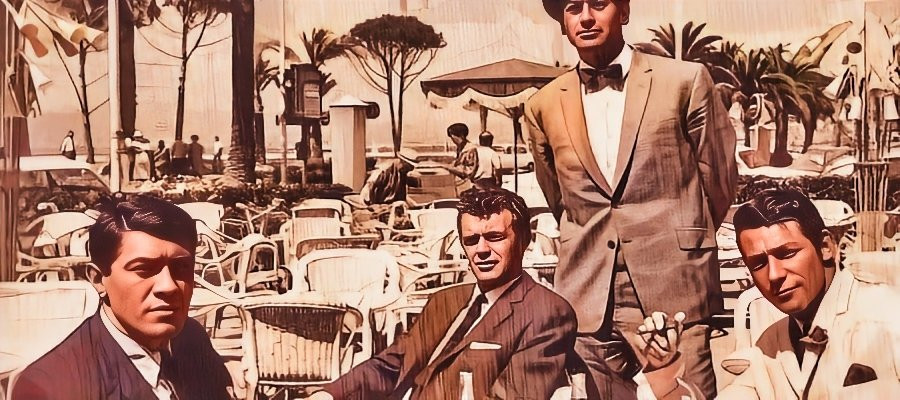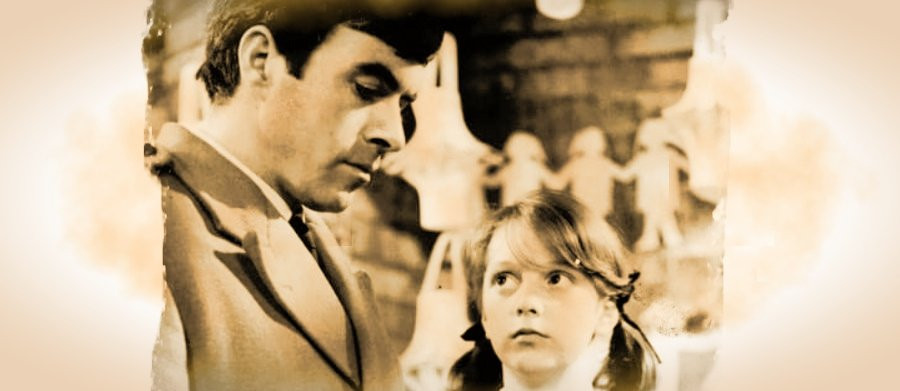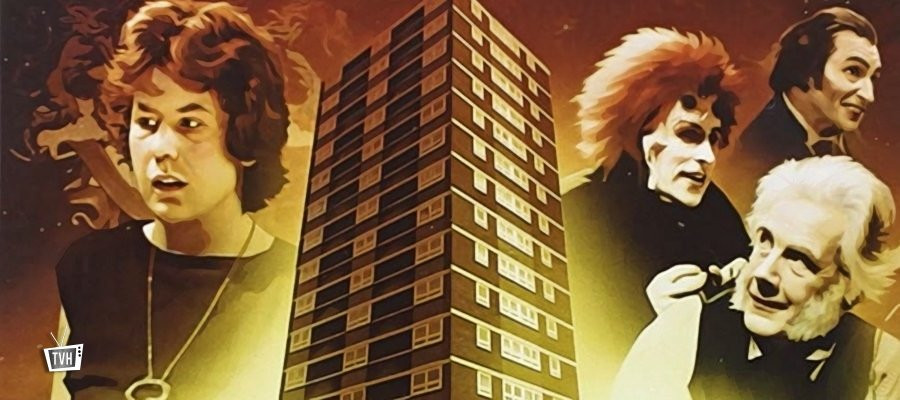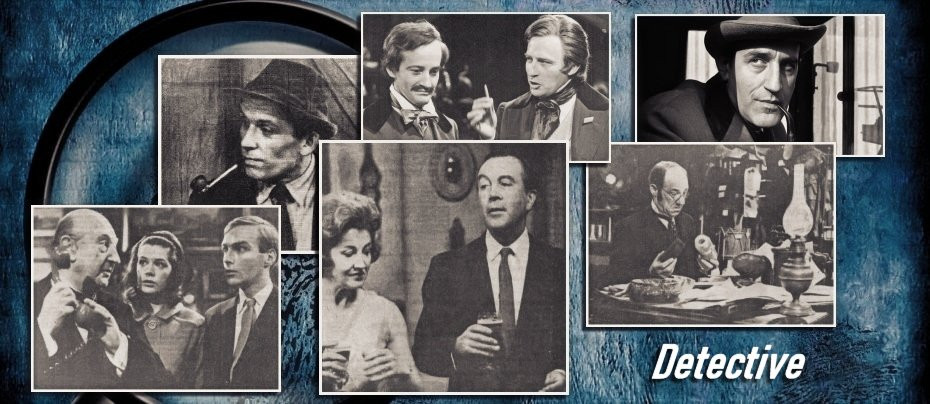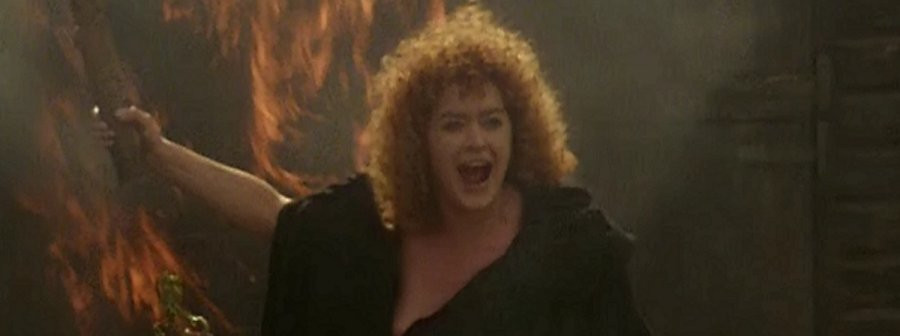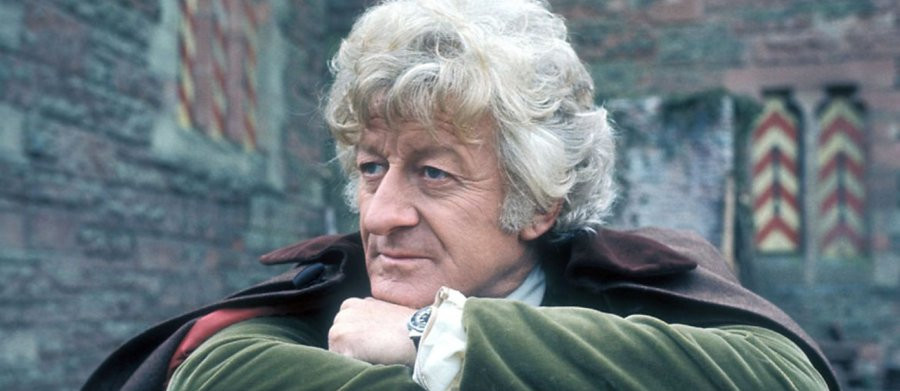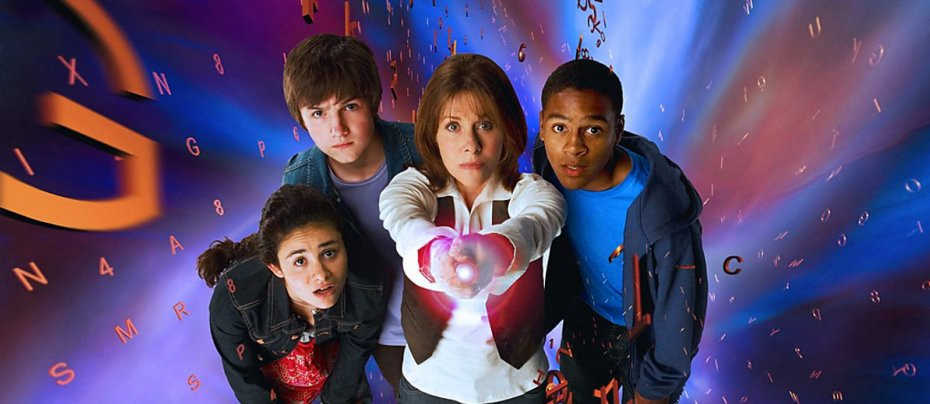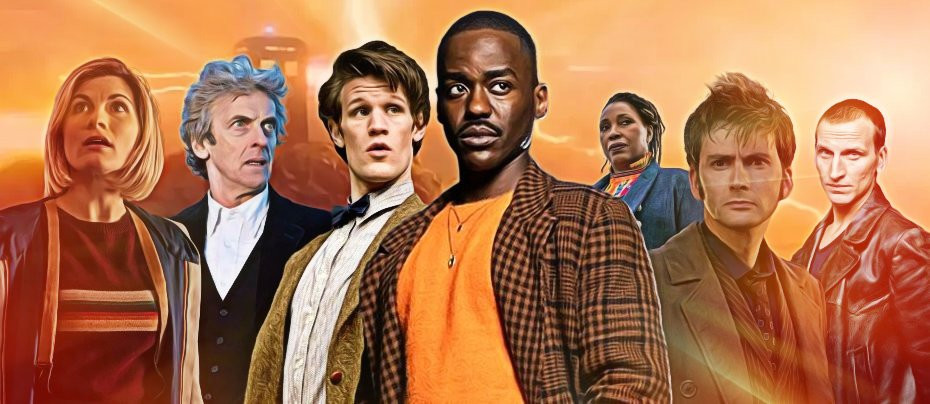Doctor Who and the Silurians
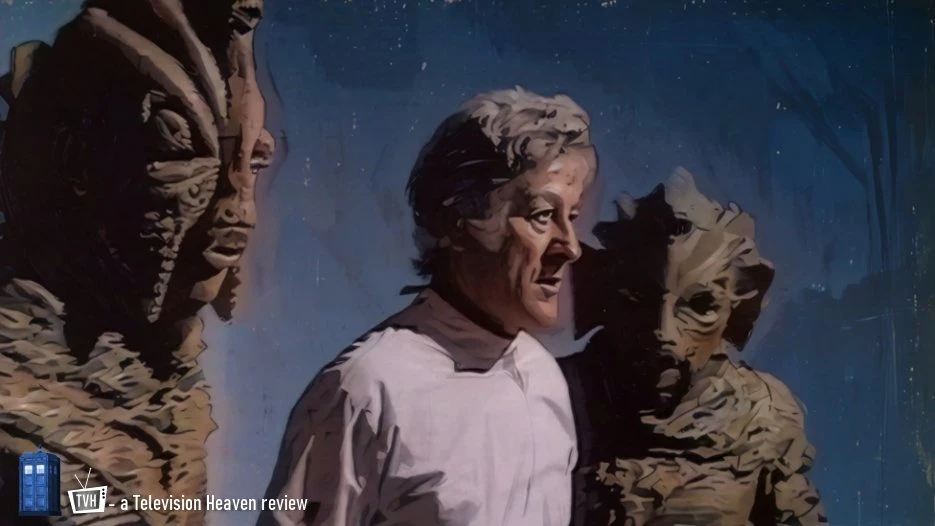
Review by Daniel Tessier
1970 was a strange time for Doctor Who. No longer a black-and-white adventure through time and space, the series had transformed along with its leading man, becoming an Earth-based military science fiction series in full colour. The TARDIS didn't leave Earth once during Doctor Who's seventh season; indeed, in this serial it doesn't appear at all.
Doctor Who and the Silurians is the second serial of season seven, Jon Pertwee's tenure, the 1970s and Doctor Who's move to colour filming. Pertwee's Doctor is thoroughly grounded already, beginning the story contentedly tinkering with his antique car, Bessie (making her glorious debut). Now working, somewhat reluctantly, for UNIT, the Doctor is on standby for any scientific problems that may crop up, which inevitably turn out to have some peculiar cause. The writer of this serial, Malcolm Hulke, was reportedly unimpressed with the new conception for the series, rooted to a single time and place, considering that the huge range of potential stories had been reduced to only two: alien invaders and mad scientists.
In fairness to Hulke, that is largely what the Pertwee years consist of. It was supposedly script editor Terrance Dicks who came up with an alternative idea: “dinosaur men want their planet back.” Hulke took this idea and created one of the best Doctor Who serials of the early seventies, introducing a new race of creatures to the series that endure to this day. It's an irresistible idea: that millions of years before humanity evolved, a civilisation of reptiles arose, dominating the Earth until a catastrophe forced them to hibernate underground. Now, a group of them have woken up and aren't at all pleased to see a bunch of upstart apes scrabbling all over their planet.
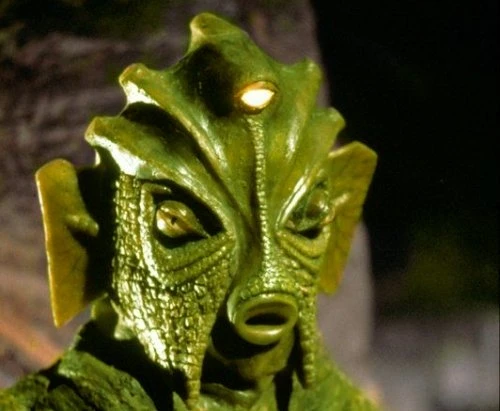
While the costumes are clunky, the movement of the actors inside exaggerated and the voice acting frankly bizarre, the Silurian design is fantastic. Lizard-men are ten a penny in sci-fi, but the Silurians are different; clearly reptilian but with an almost fishlike face topped with elaborate crests and, most uniquely, a third eye at their peak. Presumably, this was inspired by the pineal eye, an organ common in reptiles, used to sense light levels and regulate circadian rhythm. The Silurians, however, boast all kinds of incredible abilities with their third eyes: they can stun and kill with them, operate their technology, blast down walls – and even brick them back up again. Unlike most alien races in Doctor Who, the Silurians aren't a monolithic monster squad; the few we see here display their own personalities and objectives, scheming amongst themselves as much as they plot against the humans. This is a mark of a Hulke script: a more sophisticated, sympathetic treatment of alien species than Doctor Who commonly displayed. Alien not necessarily as in extraterrestrial, but simply “other,” and yet sill deserving of respect as intelligent beings.
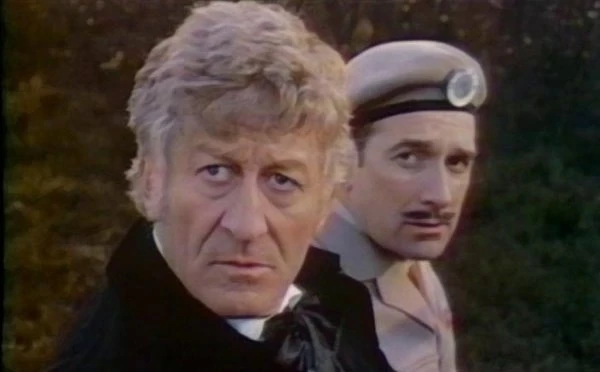
At the start of the serial, the Doctor is called to an experimental nuclear power station where Brigadier Lethbridge-Stewart (the incomparable Nicholas Courtney) and UNIT are investigating mysterious power drains. Head of the project Dr. Lawrence isn't happy at having to put up with soldiers tramping about his establishment, or the Brig undermining his authority. Peter Miles (one of those jobbing actors who turned up in everything in the seventies) plays Lawrence as highly strung, and strings him higher and higher as he goes, totally cracking up later in the serial in a performance that is probably still echoing around Television Centre. Meanwhile, his deputy, Dr. Quinn (not that one) is involved in his own project. Fulton Mackay, forever remembered as his namesake Mr. Mackay in Porridge, plays Quinn as a terribly friendly and ingratiating sort, the polar opposite to the venomous Dr. Lawrence. This makes for a good front for his real objectives: it is Quinn who has discovered the Silurians and is helping them drain the centre's power so that they can revive more of their number, in exchange for promises of their advanced science and technology.

There's plenty of sweeping location footage out on the moors surrounding the power plant, while the cave sets are suitably claustrophobic. The Silurians even keep a pet dinosaur as a guard dog (it's fairly terrible, but better than what the series presented four years later with Invasion of the Dinosaurs). When an unsuspecting technician encounters the dinosaur when exploring the caves, he is reduced to a terrified, gibbering mess, beset by ingrained genetic memories of ancient predators, and begins scrawling images of Silurians on his sickroom wall. There's an air of foreboding over the events as the mere presence of the reptiles seems to affect human minds (at least until about halfway through, when everyone seems to forget about it). The atavistic memories call back to Quatermass and the Pit – both the 1958 serial and 1967 film. Meanwhile, the idea of a technologically superior civilisation treating us little more than pests on what they see as their land is straight out of The War of the Worlds (the triplicated Silurian POV shots also call to mind the Martian's-eye-view of the 1953 film). The difference here is that the Silurians aren't invaders; they have a very real claim to the Earth.
The “monster POV” shots are a good example of Timothy Combe's dynamic direction style; he'd be back the following year for the equally gripping The Mind of Evil. The music, meanwhile, was composed by Carey Blyton – a prolific scorer, forever remembered as the writer of the “Bananas in Pyjamas” song. Blyton's approach to this serial's score is eccentric, to say the least, utilising antique instruments including serpents, ophicleides and crumhorns. It's certainly another unique feature of this serial.
At seven episodes, this is one of the longer serials, but it remains pacy thanks to a constantly developing plot. The balance of power changes continually among both the humans and the Silurians. Both sides have those who are working for peace and diplomacy, and others who believe the only way to survive is to wipe the other species out. Late in the story, the reptiles appear to get the upper hand, introducing a bacterial plague which spreads across the country, leaving the Doctor and Liz to desperately try to develop a cure.

That's UNIT's former chief scientific adviser, Professor Elizabeth Shaw, who has been bumped down to being the Doctor's assistant. As if in response, Liz has let her hair down, ditched her sensible clothes and is dressing up in a minidress and boots. Not that this is a bad thing; Caroline John (Wish Me Luck, Crown Court) looks both stunning and holds her own in scenes with Pertwee, with Liz being every bit as competent as the Doctor. Still, the production team were going to have her spelunking in that outfit until Pertwee stepped in and insisted she wore overalls like him. (He's remarkably practically dressed for much of this story; at one point he's down to a tight T-shirt and jeans. We'd have to wait until he was played by Ncuti Gatwa to see the Doctor dressed anything like that again.)
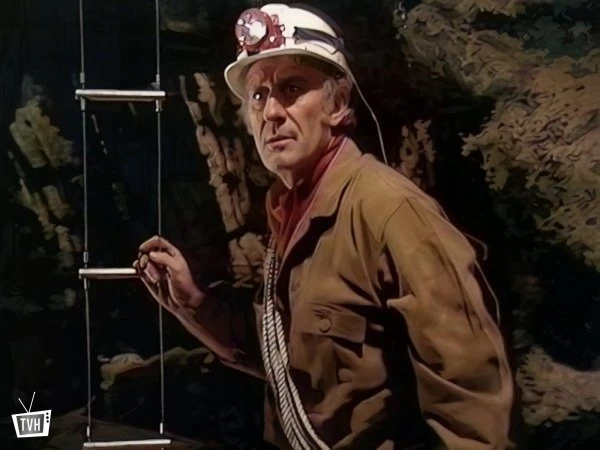
Assisting the Brigadier are Captain Hawkins (Paul Darrow, best known as Avon of Blake's 7) and the trigger-happy Major Baker (Norman Jones – South Riding, All Our Saturdays). Later in the serial, one Mr. Masters of the Ministry of Science comes to find out just what's going on at the power centre. Masters is played by Geoffrey Palmer (Butterflies, As Time Goes By), who plays him much like he played all his roles – dreadfully proper. Almost all the main guest cast of this serial would reappear in Doctor Who at least once. The exception is Fulton Mackay, who almost had a major return to the series – he was offered the role as Pertwee's replacement as the Doctor. However, he had another lead role offered at the same time, and he chose Porridge.
Doctor Who and the Silurians has an unusual title: the “Doctor Who and – ” format was almost unheard of onscreen, and came about due to a foul-up. (It was commonly used behind the scenes on shooting scripts, but should never have made it to the actual titles.) Nonetheless, it really does feature Doctor Who and the Silurians, even though his name is (probably) not Doctor Who and the eponymous creatures aren't really Silurians. Just what era these gangly reptile men come from has never satisfactorily been pinned down. Dr. Quinn has a globe in his home showing the continents of the Earth as they were in the distant past. The Doctor identifies this as the world of the Silurian Period, and the name seems to stick. On the other hand, in the same breath he says it shows the world as it was 200 million years ago – the early Jurassic, less than half the age of the Silurian. It's safe to say the Doctor (or the scriptwriters) doesn't know what he's talking about, but one thing is certain: there were no reptiles in the Silurian Period.
Whatever we should really call them, the Silurians would have a lasting impact on the series. While Pertwee didn't face them again, he did go up against their marine cousins, The Sea Devils, in 1972. Both races of reptiles would return, allied against mankind, in 1984's Warriors of the Deep, starring Peter Davison as the Doctor. The Silurians would be revived again in 2010, with a much more human design, encountering Matt Smith's Doctor in the episodes “The Hungry Earth” and “Cold Blood.” Following this, individual Silurian characters would continue to appear up to the 2024 Christmas special starring Ncuti Gatwa. These later appearances fulfil Hulke's conception of them as reptile people with their own personalities and goals, rather than faceless monsters. It's a mark of the success of their debut in Doctor Who and the Silurians that these reptilian folk are among the best remembered creatures from the series; it's a tense, intelligent, unusually mature scientific thriller from one of Doctor Who's most unusual seasons.


